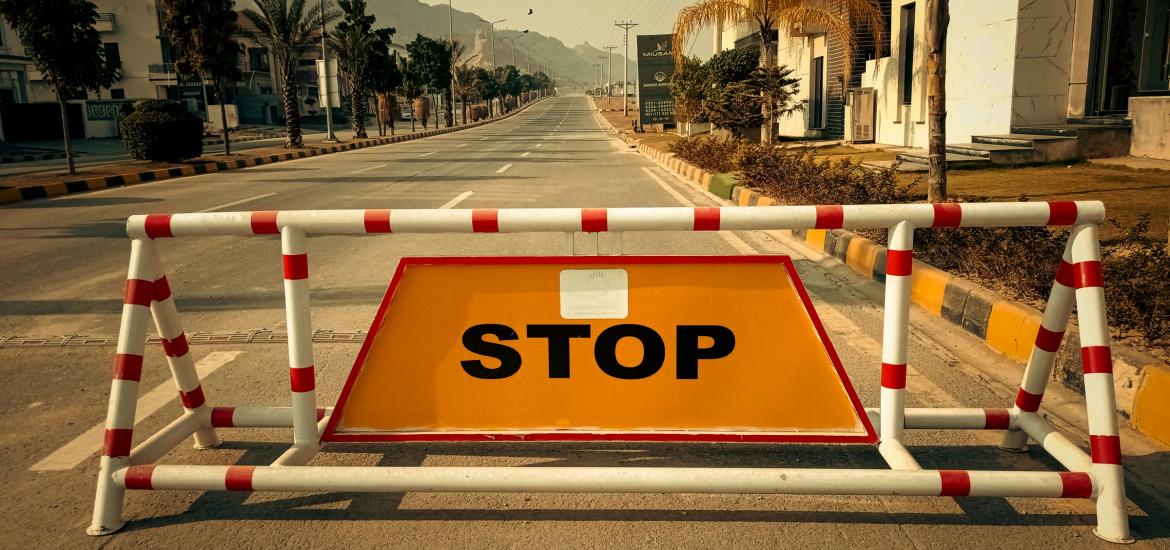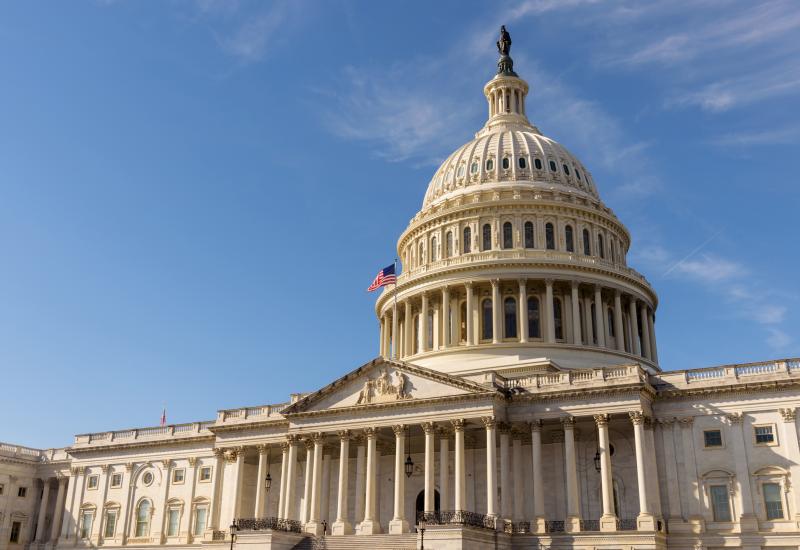
Adcom puts up a Blenrep roadblock
A surprising no to both multiple myeloma uses puts the ball in the FDA's court.
A surprising no to both multiple myeloma uses puts the ball in the FDA's court.

Just when things were looking up for GSK's once-troubled multiple myeloma drug Blenrep, an apparently innocuous US advisory committee on Thursday voted against the benefit/risk of two phase 3 trials on the basis of which the company is seeking to have Blenrep re-approved.
Of the two studies, Dreamm-7 and 8, only the second had been viewed as risky, not having shown an overall survival benefit. The surprise was not only that the adcom rejected both uses, but that panellists didn't appear too bothered by Blenrep's known toxicities, and focused instead on two related issues, one of which was escalated by an intervention from Richard Pazdur.
Pazdur, director of the FDA's Oncology Center of Excellence, has made a habit of intervening in adcoms in a way that often changes their tone. Most recently he slammed UroGen's refusal to run a controlled study of Zusduri, and a negative vote ensued; despite this, however, the UroGen drug was approved, in full and ahead of time.
Because the FDA isn't obliged to follow an adcom's recommendation a similar scenario is of course possible for Blenrep, an anti-BCMA ADC that faces its PDUFA date on 23 July.
US population
The source of Padzur's ire was that US patients comprised less than 5% of Dreamm-7 and 8's combined populations. He took GSK to task, pressing representatives as to why more hadn't been done to increase US participation.
GSK contended that two thirds of enrollees were European, so demographics reflected the US. But Pazdur's point wasn't about ethnicity but rather about clinical practice; if doctors in Europe had learned how to deal with Blenrep's toxicities that was reflected in the data, but the same might not be true for rural America, he suggested, or for underserved US medical centres.
In the end panellists voted 5-3 against Dreamm-7, and 7-1 against Dreamm-8. The two trials concern Blenrep combos with Velcade and with Pomalyst respectively, in second-line multiple myeloma. The drug was approved for fifth-line use in 2020, but that accelerated nod was rescinded when it failed the confirmatory Dreamm-3 trial.
After the panellists' vote Pazdur's parting shot to the adcom was that "if the drug is so good patients should be enrolled in the US".
Dosing fallout
But there was a second issue that played strongly with panellists, namely GSK's "missed opportunity" to test lower Blenrep doses. What's more, the FDA revealed a long-running clash with the company over this, saying it had recommended that more patients be tested with low-dose Blenrep – advice that GSK refused to heed.
This went to the heart of the drug's documented eye toxicity, which low dosing might have alleviated. But GSK disagreed, saying the commensurate safety benefit was relatively minor, and that high initial dosing was necessary to drive deep responses, after which dosing could be lowered if necessary to reduce toxicity.
It's because of dose reductions that so few Dreamm-7 and 8 patients ultimately got their target Blenrep dose, but this reflects the way eye toxicity is being mitigated in practice, allowing more patients than before to remain on treatment. GSK accepted that ocular events were "likely", but contended that these were manageable and didn't always correlate with long-term vision loss.
Until Pazdur's intervention and the FDA's dosing revelation the discussion appeared far removed from the sorts of attacks heard at recent adcoms. The fact Dreamm-8 hasn't hit on OS, and might never do so owing to insufficient powering, was a minor issue, GSK rebutting it with the claim that only one second-line multiple myeloma treatment, Carvykti, is backed by an OS benefit.
The fact remains that the FDA was sufficiently comfortable approving Blenrep's late-line use (with a risk-mitigation strategy) back in 2020, when eye toxicity was new and poorly understood. Now that doctors are able in large part to mitigate this it appears paradoxical to deny approval, but this is something the FDA will have to grapple with.
Blenrep's US regulatory timeline
| Date | Note |
|---|---|
| Feb 2018 | FDA first “expresses concerns” that proposed Blenrep dose isn’t optimal; Dreamm-2 (5th-line) protocol is subsequently amended to evaluate lower dose |
| Feb 2019 | FDA “expresses significant concerns” over proposed Blenrep dose in Dreamm-7 & 8, recommending enrolment at lower dose |
| 14 Jul 2020 | Adcom votes in favour of Dreamm-2 indication |
| 5 Aug 2020 | Accelerated US approval is granted for 5th-line MM (Dreamm-2), with REMS |
| Jul 2022 | FDA “expresses continued concerns” over Blenrep dose in Dreamm-3 (3rd-line) confirmatory trial |
| 6 Feb 2023 | Blenrep approval is rescinded after Dreamm-3 fails for PFS, and shows OS HR>1.00 |
| 10 May 2023 | FDA “expresses significant concerns” over OS analysis plans in Dreamm-7 & 8 |
| 27 Nov 2023 | Dreamm-7 (Velcade combo in 2nd-line MM) hits on PFS |
| 7 Mar 2024 | Dreamm-8 (Pomalyst combo in 2nd-line MM) hits on PFS |
| 14 Nov 2024 | Dreamm-7 hits on OS |
| 25 Nov 2024 | US filing for Dreamm-7 & 8 indications is accepted |
| 17 Jul 2025 | Adcom votes 5-2 against Dreamm-7, and 7-1 against Dreamm-8 benefit/risk |
| 23 Jul 2025 | PDUFA date for Dreamm-7 & 8 indications |
Source: 17 Jul 2025 adcom briefing documents & OncologyPipeline.
2392













